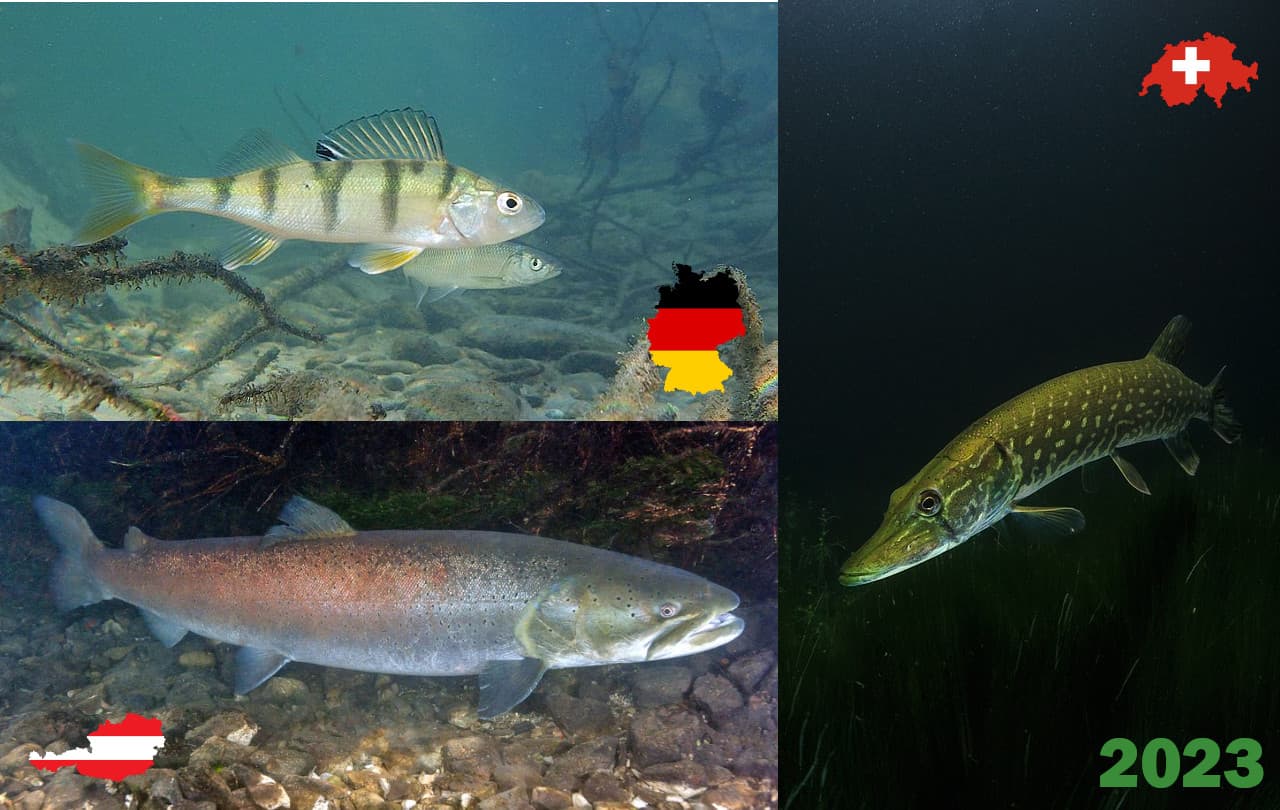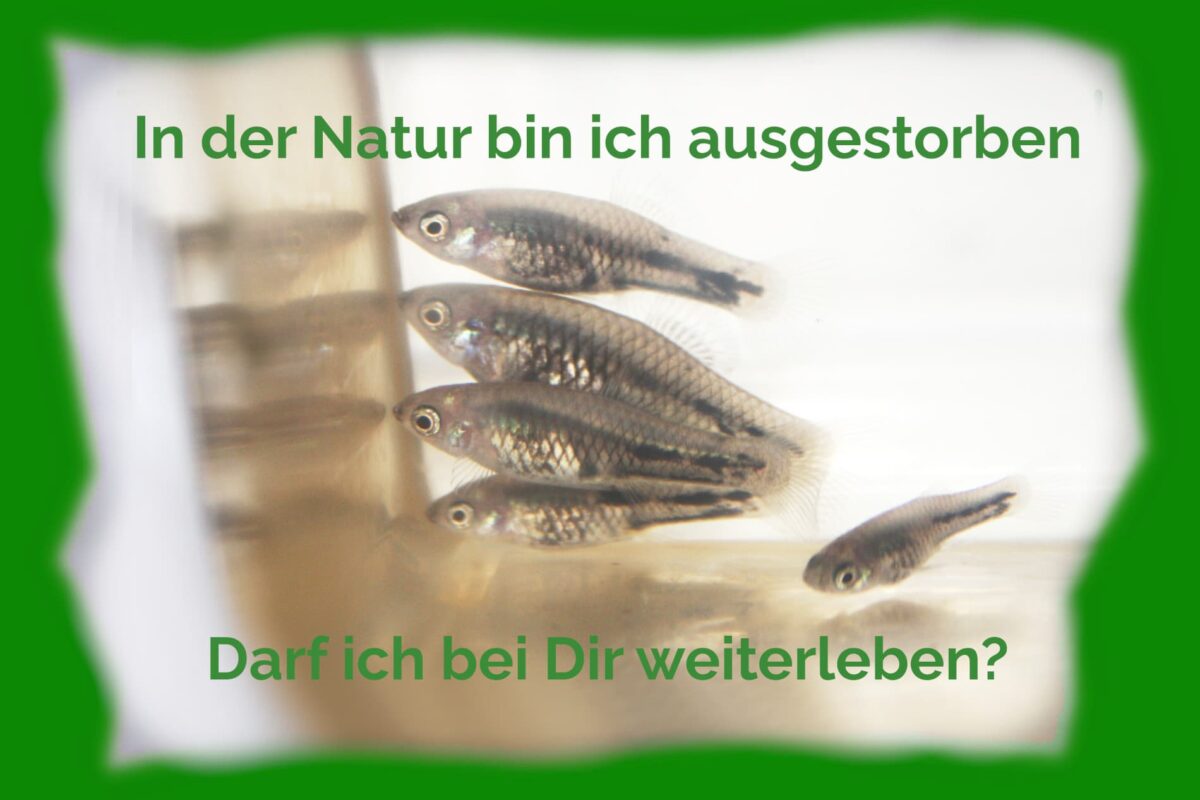You probably know that, in addition to the “Bird of the Year,” “Plant of the Year,” “Tree of the Year,” and “Insect of the Year,” there is also a “Fish of the Year” every year. The title image features the honored species for the current year in Germany, Austria, and Switzerland.
However, the fact that, like other “Species of the Year,” the Fish of the Year—at least in Germany and Austria—can now be chosen by public vote is a relatively new development.
Since 1984, the “Fish of the Year” has been chosen annually. The selection is made in coordination with partners such as the Federal Agency for Nature Conservation (BfN), the Association of German Sport Divers (VDST), and the Society for Ichthyology (GfI).
We want to give everyone the opportunity to participate in the selection of the “Fish of the Year” in the future. To make this possible, we have created an online vote where you can choose from four candidates. The voting consists of just one question and takes only a few seconds!
https://www.dafv.de/projekte/fisch-des-jahres/mach-mit-waehle-deinen-fisch-des-jahres-2024
The voting isn’t entirely open—after all, it wouldn’t be very practical if every participant could suggest their own fish species. That’s why there is a preselection of species to choose from. In Germany, these include four options—more precisely, three individual species and one species group.
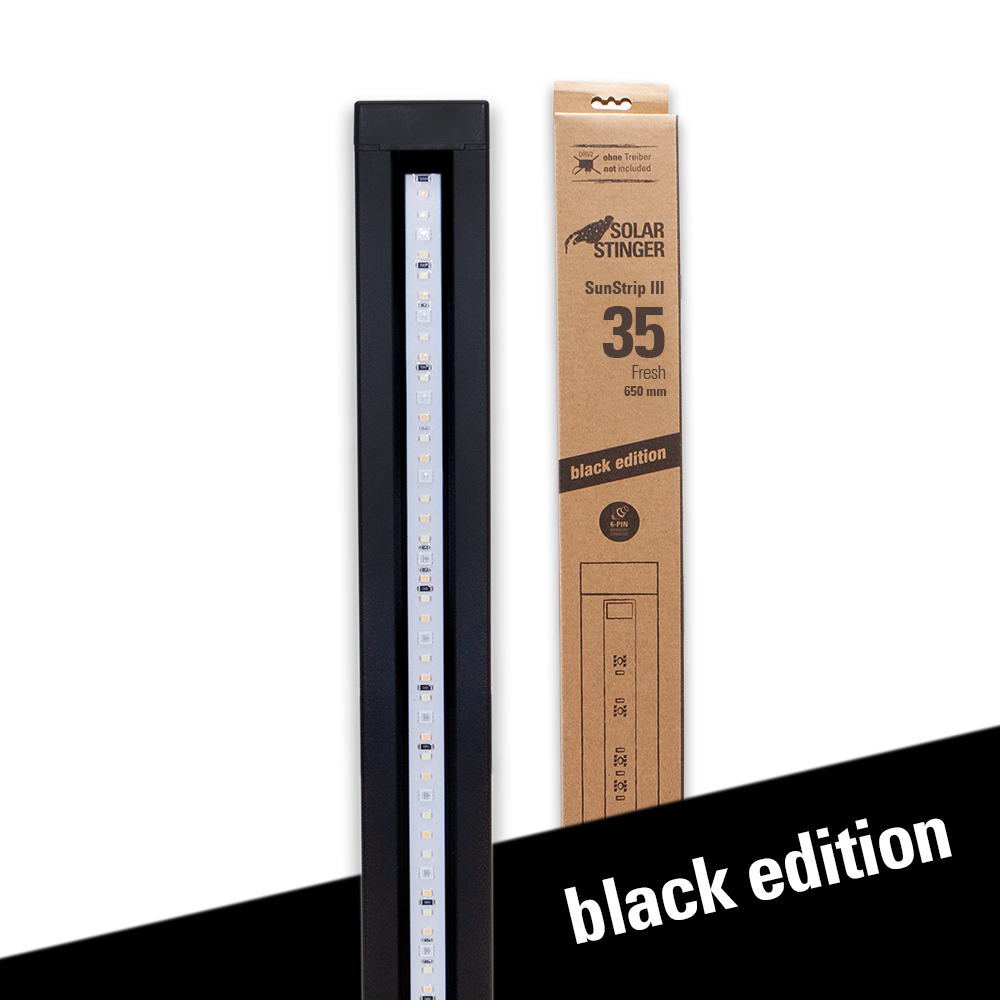
The European Minnow (Phoxinus phoxinus)
The European Minnow, as we now know, is not a single species but rather a species complex consisting of 13 known individual species. Nevertheless, it is a candidate for “Fish of the Year 2024.” These charming little fish, also known as Prille, Bitterfisch, Maipiere, Spierling, Irlitze, or Ellering, were once found in vast numbers almost everywhere. While they are still widespread today, their populations are not as abundant as they used to be, often due to the silting of rivers and streams. Wherever they are found, it is a sign that the water is clear and rich in oxygen—making them an indicator of good water quality.
While the European Minnow primarily feeds on aquatic insects, amphipods, and fish eggs, it is also an important food source for trout. For this reason, the small Prille has long been a popular baitfish for trout fishing. In Russia, it is even consumed by humans, often pickled due to its slightly bitter taste.
Because the European Minnow is visually appealing and remains quite small, reaching a maximum length of 7 cm, it is also suitable as an aquarium fish.
By the way, in Austria, the “Irlitze” was already named Fish of the Year in 2016. For 2024, it is once again a candidate.
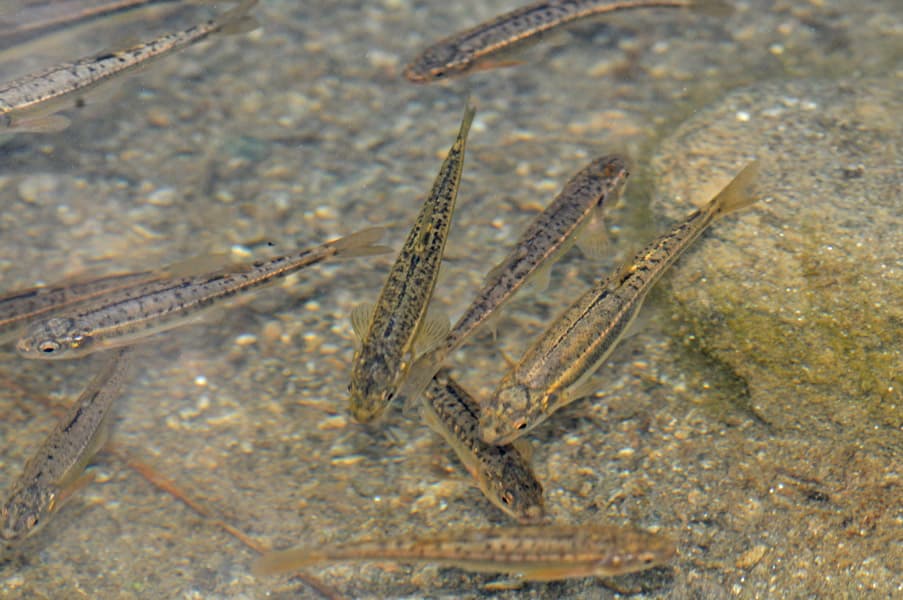

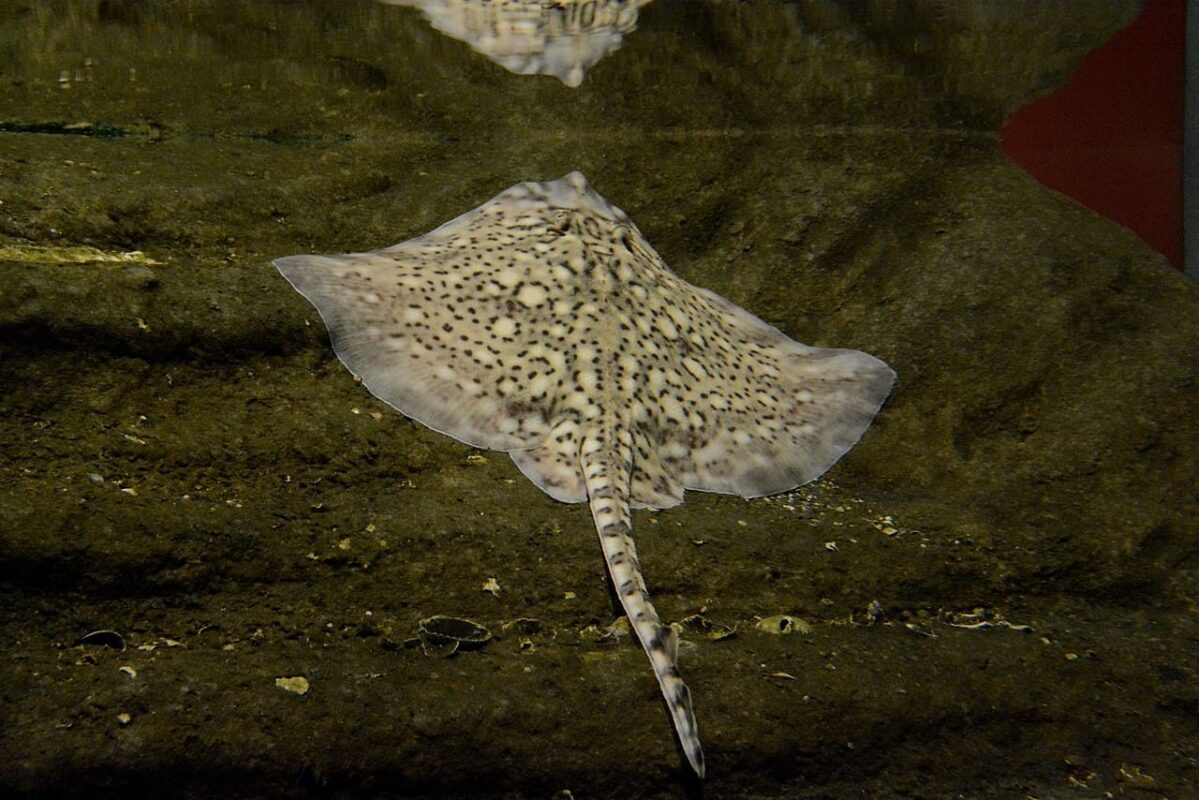
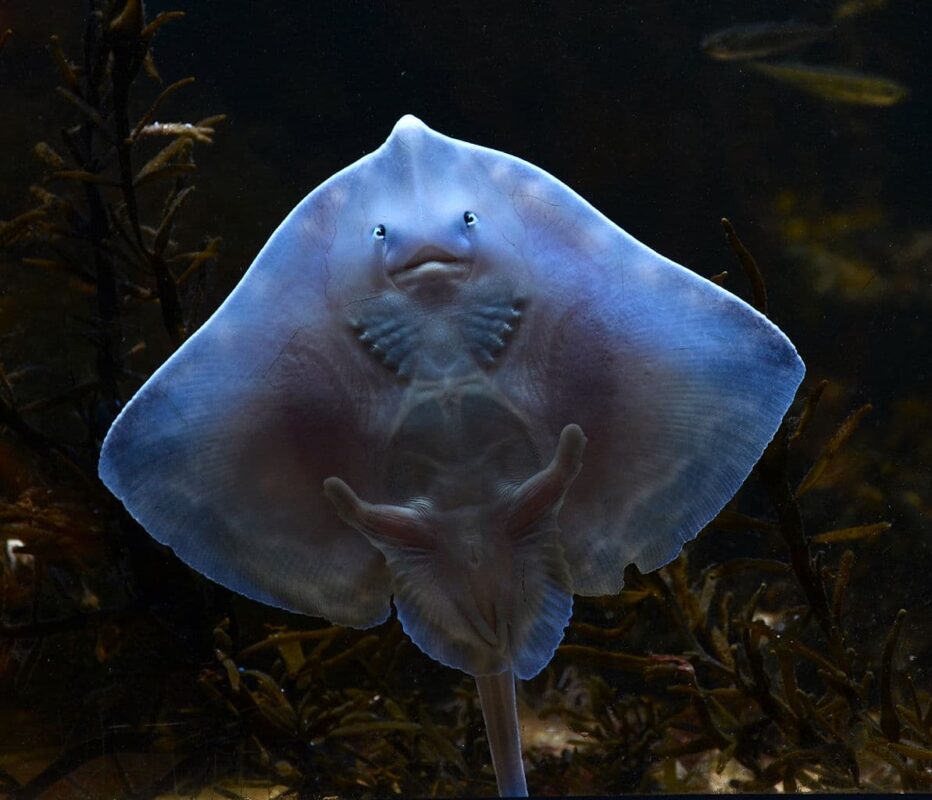
The Thornback Ray (Raja clavata)
As a coastal-dwelling saltwater species, the Thornback Ray enters the competition. Rays, as cartilaginous fish, are not only literal relics from ancient times—they also appear almost “alien-like” in their shape, especially when viewed from below.
Thornback rays live relatively long lives, but they reproduce only “slowly”—too slowly to withstand fishing pressure. The Schutzstation Wattenmeer even describes the Thornback Ray as “overfished to extinction” in the North Sea.
Around 1910, up to 18,000 smooth and thornback rays were caught annually in East Frisia, and near Föhr, up to 300 rays were caught per day! Since around 1980, rays have disappeared from the Wadden Sea. WWF Netherlands is attempting to reintroduce young thornback rays from aquariums back into the Wadden Sea. However, the species would likely only survive there permanently if larger fishing-free zones were established.
https://www.schutzstation-wattenmeer.de/wissen/tiere/fische/nagelrochen/
Not only does the thornback ray perish as accidental bycatch, but according to WWF, it is still deliberately targeted using longlines or even bottom trawl nets, specifically hunting for adult (sexually mature) individuals.
A truly effective protection measure is urgently needed— and wouldn’t the title of “Fish of the Year 2024” be a great way to raise awareness? It would be the thornback ray’s first time receiving such a distinction, as it has never been in the running in Austria or Switzerland.
By the way: The thornback ray is not suitable for home aquariums—except for large tanks in zoos or similar facilities.
The asp (Leuciscus aspius or Aspius aspius)
Asp, asp—what kind of fish is that?
The asp is also called “Schied” and belongs to the carp family. Lucky for him: Since fish lovers find his bones quite inconvenient—running right through the “back fillet” section as well as the rear part—many anglers don’t enjoy eating him. This at least offers some protection, preventing him from ending up on plates too often.
However, the asp faces other threats: In Germany, its distribution is limited, as it is only found east of the Rhine.
As an adult fish, the asp is a predator, favoring fast-flowing rivers with gravel bottoms, where it hunts near the surface. As a fully grown fish, it primarily preys on other fish, but very large asps have been known to catch water birds. Fittingly, the asp has an upward-facing, rather large mouth—but no teeth.
As its habitats continue to decline, the European Union has included the asp in Annex II of the Habitats Directive (FFH Directive), meaning that special conservation areas must be designated for its protection.
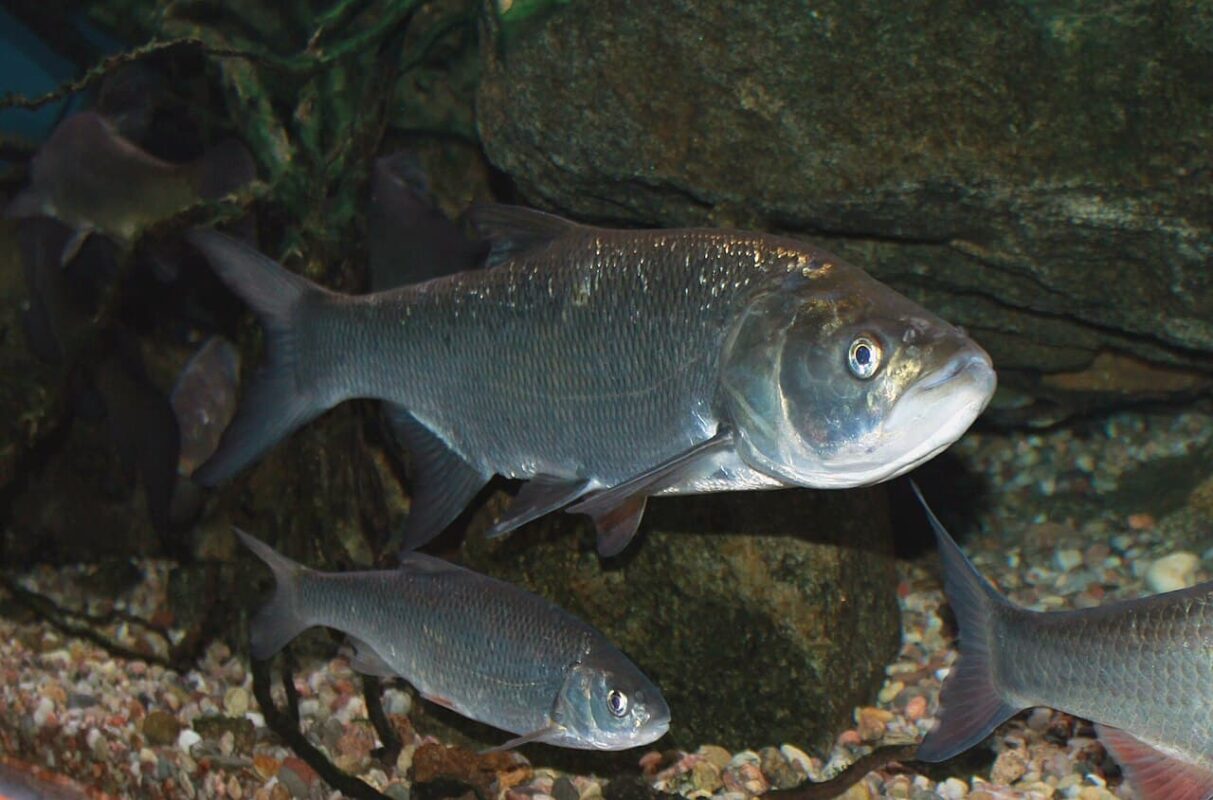
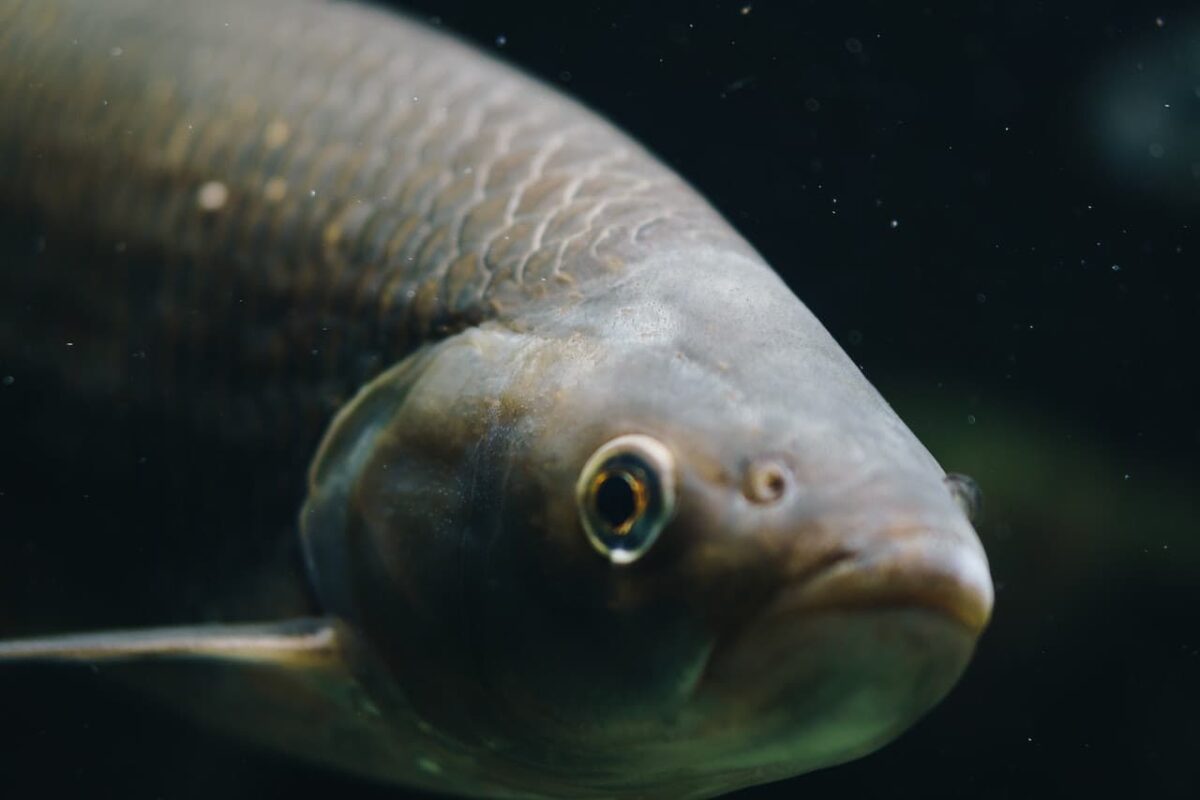
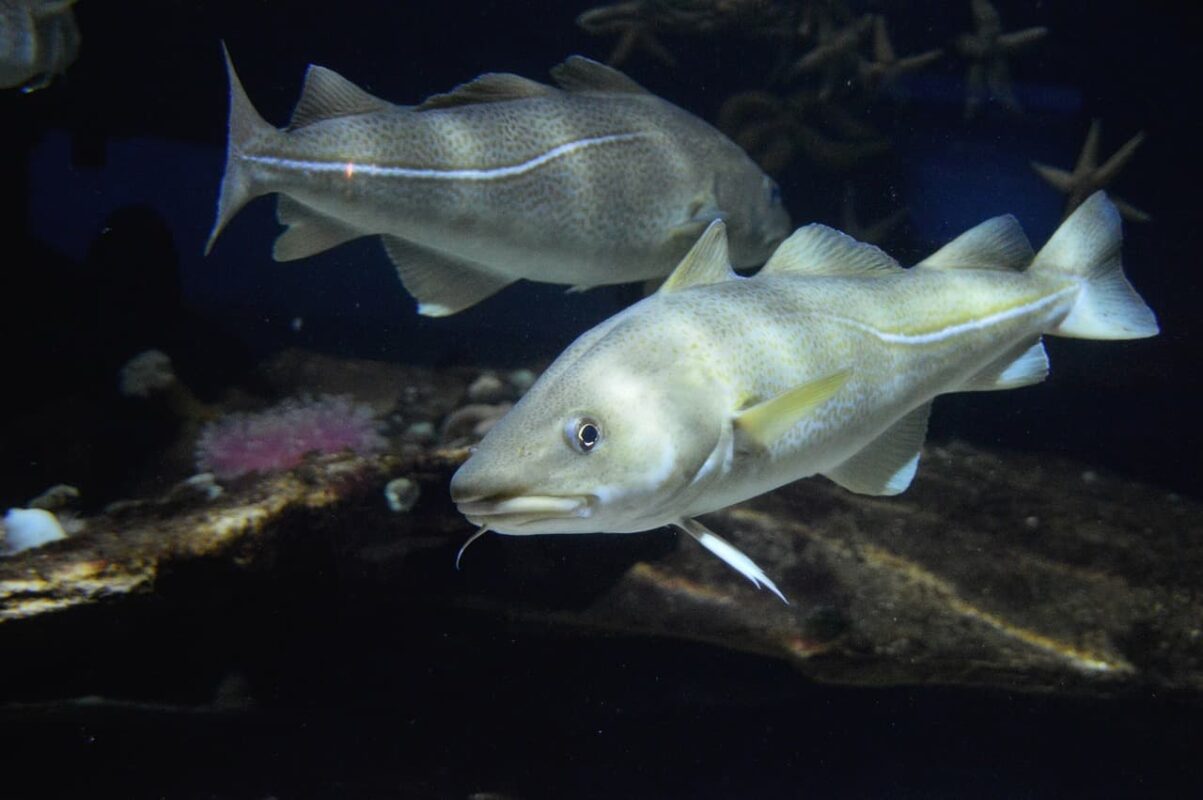
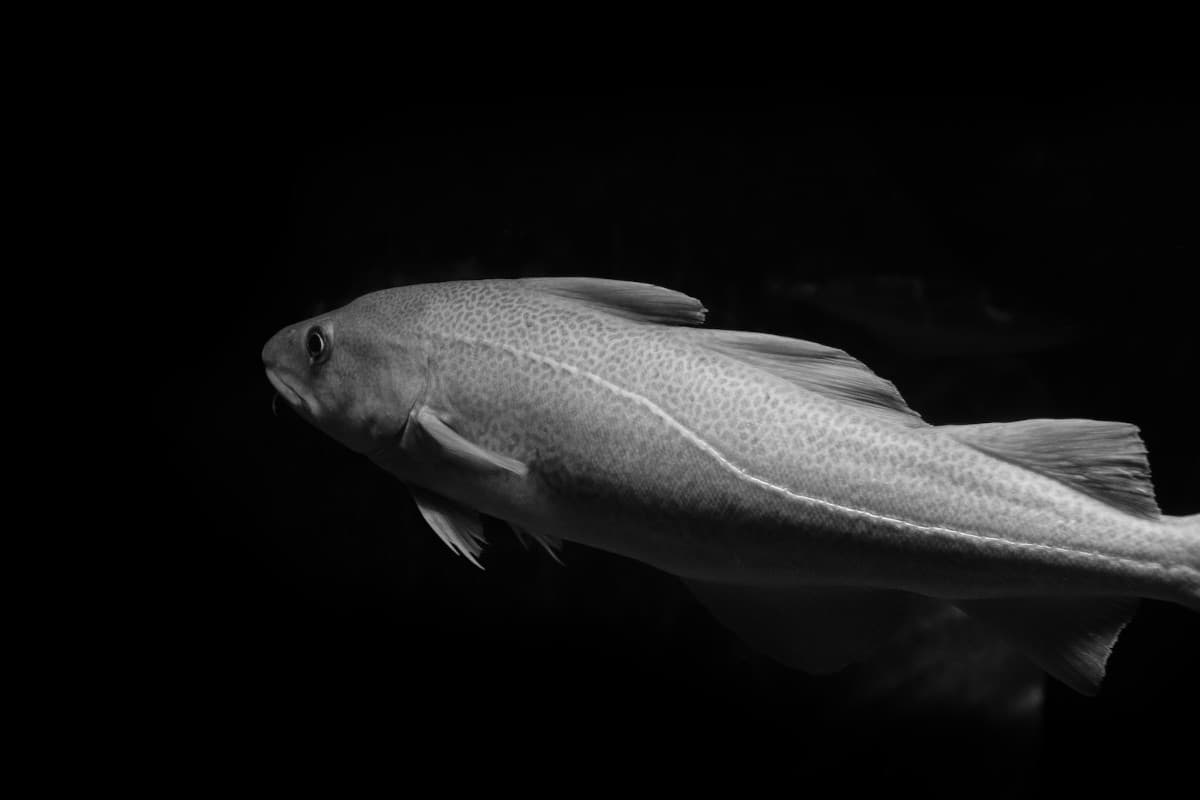
The Atlantic cod (Gadus morhua L.)
Anyone who only knows cod from processed food might find it a bit boring. But in reality, the Atlantic cod is a remarkably elegant creature, as the photos clearly show!
With an average length of about one meter and a maximum size of up to 1.6 meters, weighing over 40 kg, the Atlantic cod is a heavyweight in our coastal waters. It has a lifespan of up to 25 years, and the females are quite prolific—if they live long enough to reproduce. However, as a highly sought-after fish in the food industry, cod has been so heavily overfished that its populations have declined dramatically—worldwide! The International Council for the Exploration of the Sea (ICES) classifies the Atlantic cod as endangered and explicitly warns against further depletion of this ecologically and economically important species.
In addition to the immense pressure from fishing, climate change is also taking a toll on cod. Coastal waters are warming too much, making reproduction more difficult. Cod eggs need oxygen-rich water with lower salinity to stay afloat and develop properly. However, expanding “dead zones” in the Baltic Sea are causing more and more eggs to perish. To make matters worse, cod feed primarily on sprat—but sprat, in turn, love to feed on cod eggs. As the number of adult cod declines, sprat populations increase, consuming what little cod spawn remains. This creates a deadly cycle that further endangers the species.
The WWF sees the fate of the Baltic cod as a “tragedy in (so far) four acts“—a strong reason to dedicate the title of “Fish of the Year 2024” to this species.
Do you want to cast your vote?
Then head this way to the voting form…
These fish are up for election in Austria.
The following fish species are up for election in Austria:
- Minnow
- European Perch
- Renke
- Strömer
- Karausche
- Schleie
Here you can vote for Austria (until September 2023):
Cover image: Fish of the Year 2023 Image credits: Pike: Marcel Einig. Perch: Christa Rohrbach via Wikimedia, License: CC BY-SA 2.0. Huchen: Liquid Art via Wikimedia, License: CC BY-SA 4.0, Flags: Elias via Pixabay.

